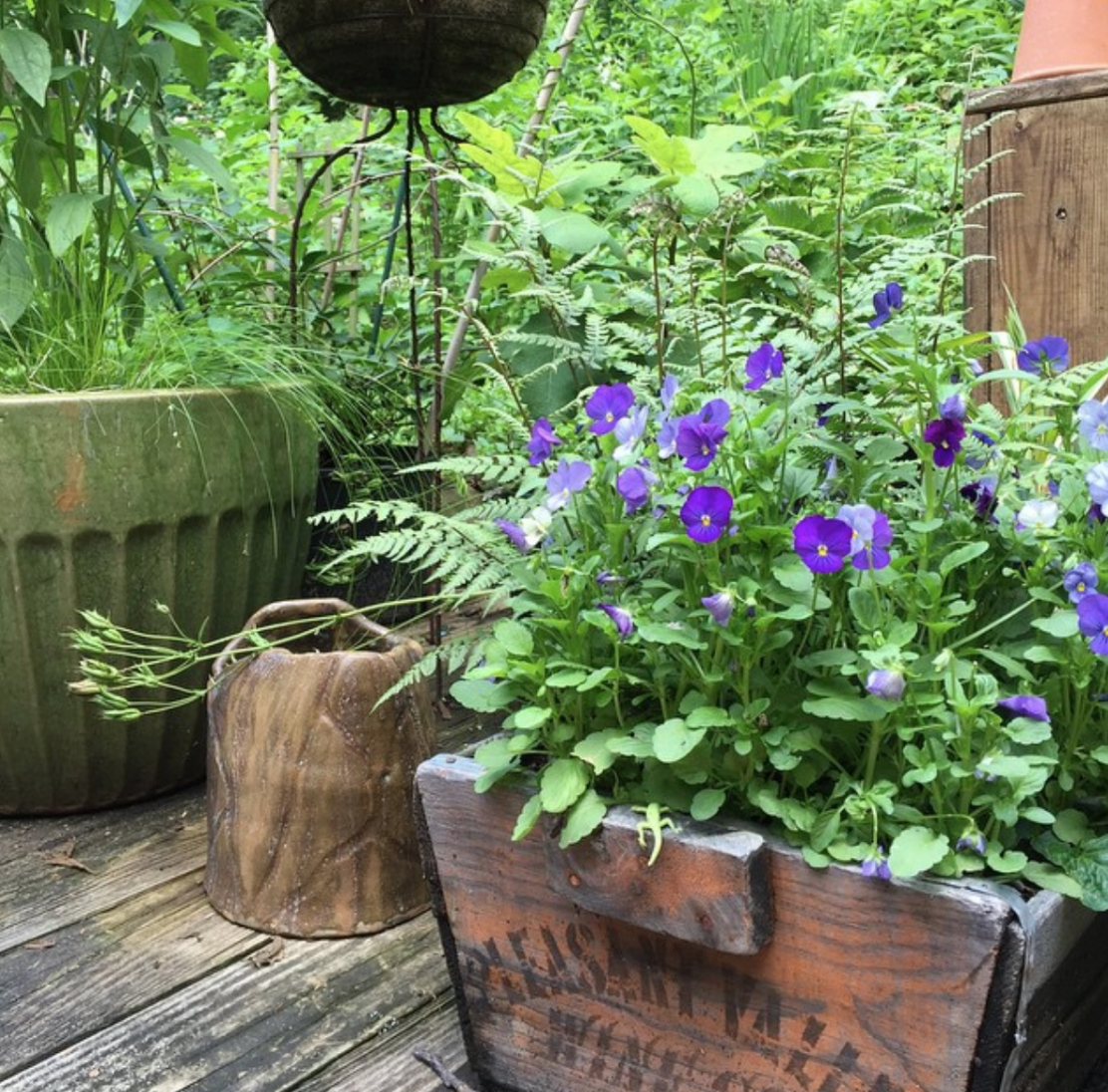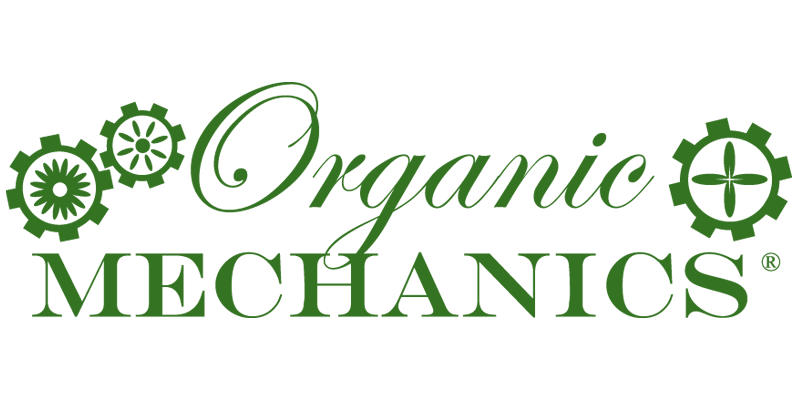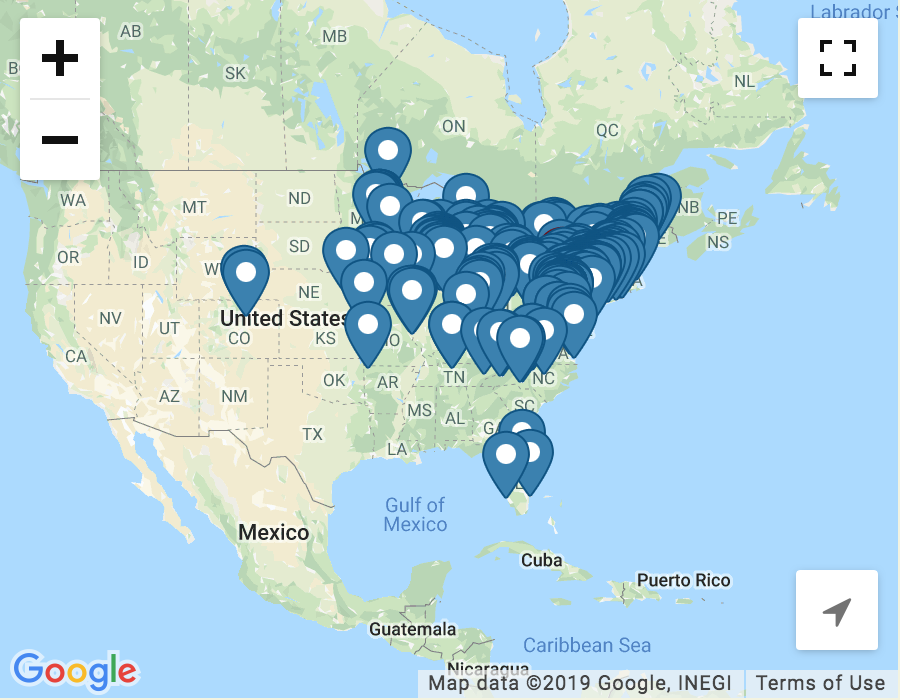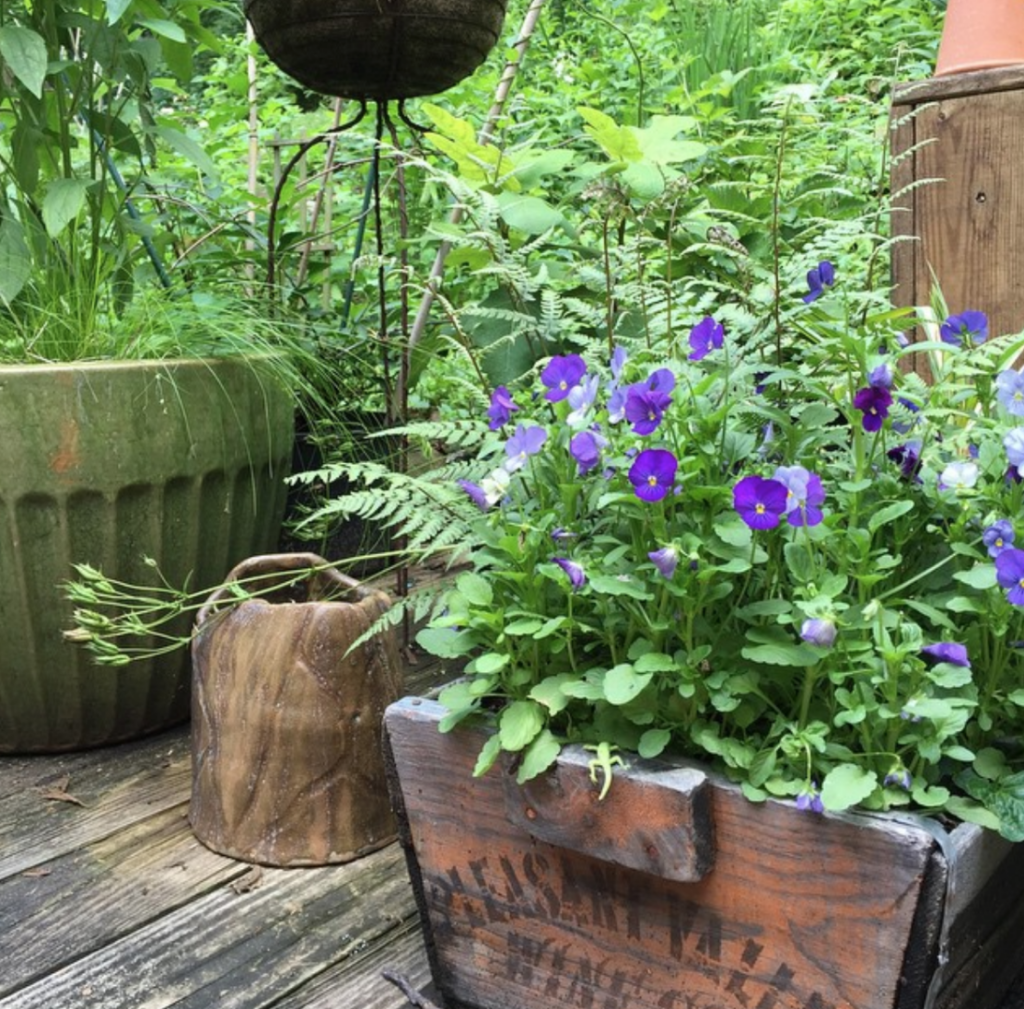
We’re big fans of container gardening at Organic Mechanics. (If you’re new here, you might not know that our entire company was founded with the idea of developing peat-free organic potting soil for homeowners and growers!) We made it our mission to improve container gardening, specifically, though, because they’re so multifunctional and because everyone can garden in containers, even if you don’t have much space.
Probably the number one reason why we love container gardening? Containers are easy to move. (Even big containers are moveable with the right equipment.) If your favorite plant is in bloom and super fragrant, you can position it near your front door where you can enjoy it at its peak. If a plant isn’t cold hardy where you live (like citrus up north), you can move the plants indoors for the winter. In fact, know one person who grows his citrus trees on little wheeled stands so they can come inside when temperatures drop.
When growing in containers, you can extend the life of some cool season veggies, such as lettuce, for a while by moving the containers out of the sun when the weather warms up. Containers let you add pretty pops of color without committing to growing hundreds of annuals that you have to replant every year. And, container gardens make great gifts! Who doesn’t love a pot full of big blooms?
The Secret to Big Blooms: Organic Potting Soil
Just as with in-ground gardening, if you want beautiful blooms in your container garden, you have to start with great soil. Unlike with in-ground gardening, plants growing in containers have to get everything they need to grow from what you put in the container with them, and the soil you use is key.
We go hard for our ORGANIC MECHANICS® Container Blend Potting Soil because we created it to last, and to work with the fertilizer you give your plants instead of against it. Here’s what’s in it: compost, pine bark, coir, worm castings and rice hulls. Plants get nutrients from the compost and worm castings, and the soil stays light and airy (to prevent root rot) with the pine bark, coir, and rice hulls. Everything is earth-friendly and a renewable resource. Unlike with peat-based potting soil, you’ll be able to re-use our organic container blend potting soil for several seasons.
We do recommend, when growing energy-gobbling plants like vegetables (tomatoes, squash, etc.) and annual flowers, that you mix an organic slow-release fertilizer with the organic Container Blend Potting soil. I mean, you can grow without some fertilizer, but for the biggest blooms and a huge harvest, visit your local garden center and ask them for their best organic multipurpose fertilizer to mix in when you plant. You can also grab some from us here.
Unlike traditional potting soils, from which nutrients wash away during repeated watering (unavoidable with container gardening), our Container Blend will hang on to nutrients so that plants can access them throughout the summer.
There is a way to supercharge your potting soil, though. Read on for our other secret to great big container gardens.
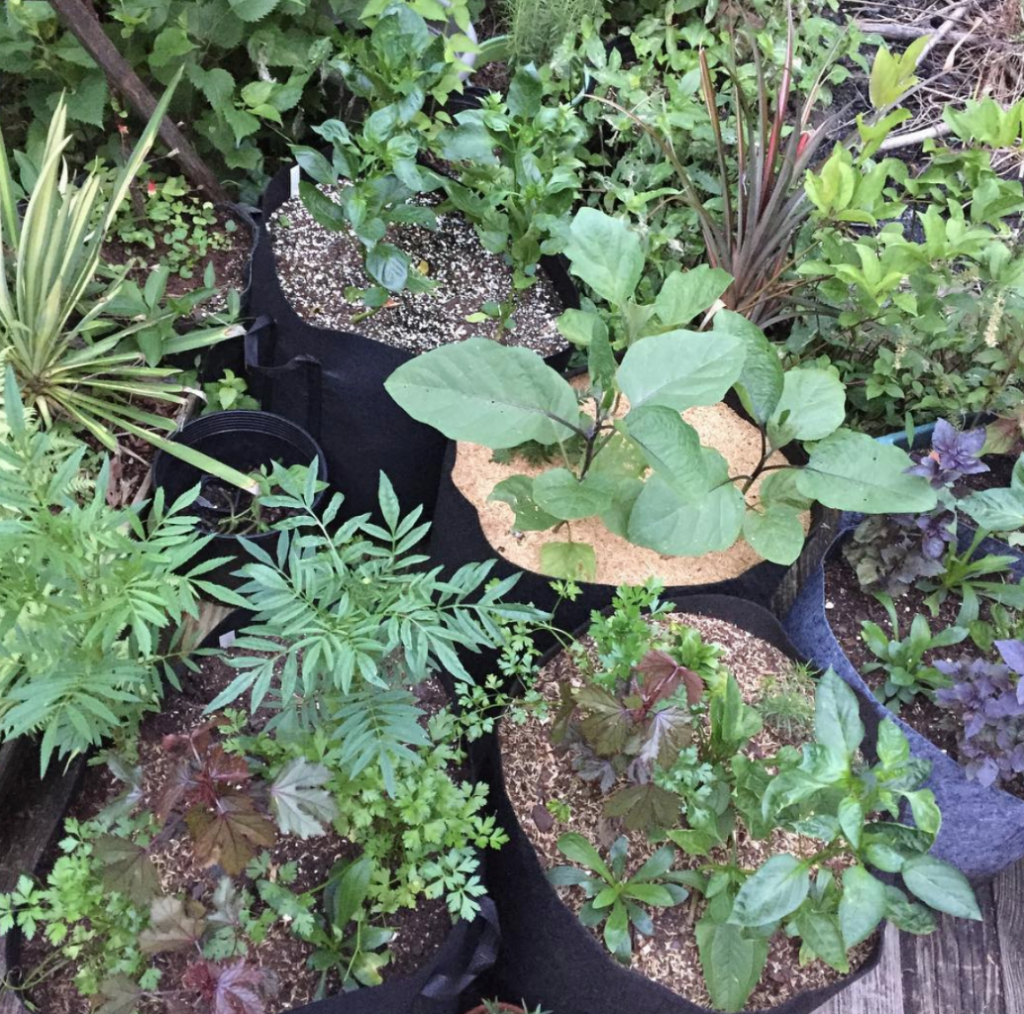
The Secret to Great Looking Container Gardens all Summer: Biochar
Growing in our container blend organic potting soil already gives plants a leg up on big blooms (or a big harvest) but what will keep them growing all summer (and keep the soil active for years) is something most people don’t know about: biochar.
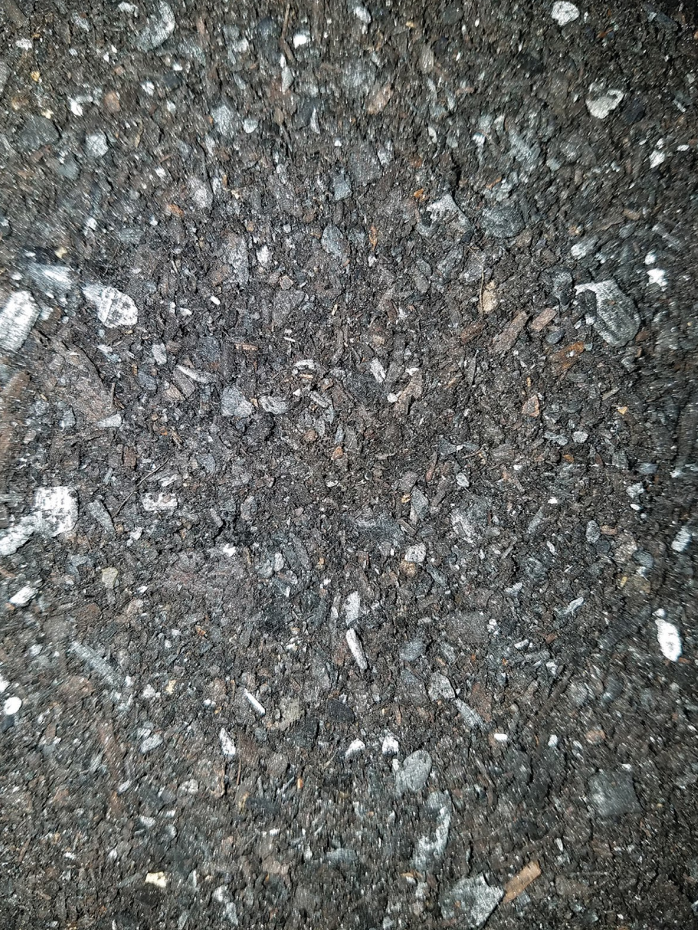
Biochar is a porous carbon soil amendment that serves as an “apartment house” for beneficial soil organisms and nutrients. It has been around for 2,000 years (discovered by farmers in the Amazon, who made charcoal and mixed it in with their soil) but was not incorporated into organic gardening at home until recently. While biochar definitely benefits in-ground gardens, it is especially helpful for container gardens because it prevents all of the “good stuff” from getting washed out of the pot during frequent summer watering. When you mix “charged” (inoculated with beneficial nutrients and microbes) biochar in with your container blend (1 part biochar to 9 parts soil), your plants will grow like crazy.
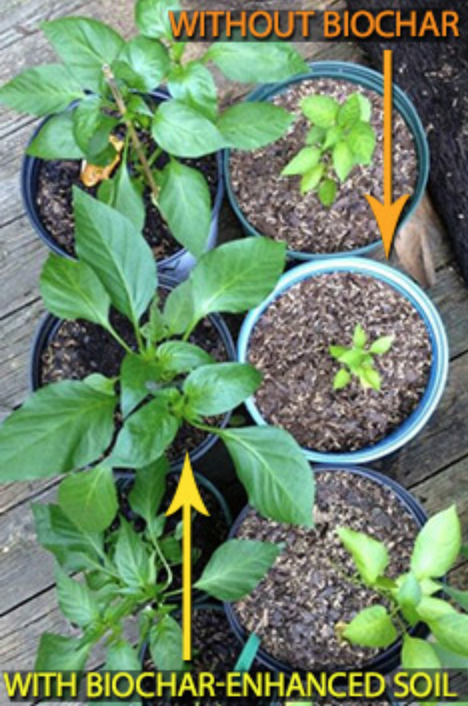
Organic Mechanics Biochar Blend is fully charged and ready to with flowers, vegetables, trees, fruits, and shrubs. This blend contains:
- Compost and Worm Castings to add beneficial biology
- Alfalfa Meal and Kelp Meal for adding valuable nutrients
- Bone Char, which adds necessary phosphorus and calcium
- Zeolite and Azomite, minerals that nourish microbes and plant roots
You can add biochar to the soil once and never have to add it again because it isn’t broken down by plants. It simply helps hold beneficial nutrients and organisms in the soil where they’re available to plants. It’s like a battery charger for your soil! ORGANIC MECHANICS® Fuhgeddaboudit! Root Zone Feeder Packs, with a measured dose of fertilizer (4-2-2), mycorrhizae, biochar, azomite, and micronized oyster shell (5% Calcium and 1% Sulphur) are also great for containers. Just pop a Feeder Pack in the pot under the root balls and keep plants watered. You’ll enjoy spectacular growth.
Why it’s Best to Plant Your Own Container Gardens
Grab and go container gardens are convenient, but if you have the time, pick out plants that excite you and plant your own.
Whether you’re planning to give container gardens as gifts or keep them at home to enjoy, when you plant your own you can control what you’re starting with. You’ve heard the phrase “you are what you eat,” right? Well, so are plants, and by creating your own containers, rather than feeding new plants synthetic fertilizer, a main component of many potting soils, which is like feeding a kid a candy bar—so they get a burst of energy (growth) and then crash (stop growing or turn yellow)— when you plant your own containers you set your plants up for season-long success and yourself up for enjoying your container gardens with much less work, long-term.
Container Garden Design Tips
Now that you know which soil to use, here are a few design tips for great looking container gardens.
- If you’re going for big blooms, plant as many plants as will fit in the container. You don’t have to space them out a lot.
- Use recycled containers and unusual objects such as filing cabinets or old fruit crates for a bit of fun. Make sure there’s a drainage hole in the bottom.
- Combine a variety of colors, textures, and heights. (You can’t go wrong with the thriller, filler, spiller design.)
Most of all, have fun!

